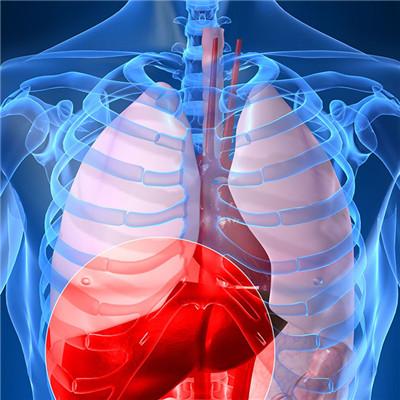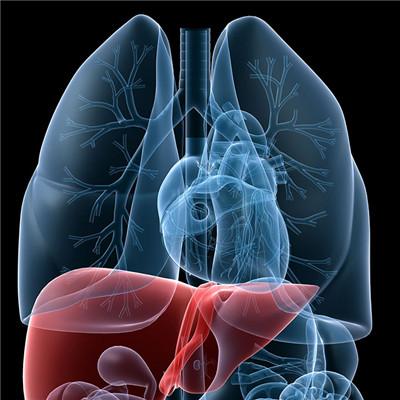Symptoms of rupture and hemorrhage of hepatic hamartoma
summary
Hamartoma of liver (hamartoma of liver) is a rare congenital tumor like malformation of the liver. In fact, hamartoma of the liver is a kind of embryonic dysplasia with the characteristics of tumor. From the surgical point of view, it is still classified as benign tumor of the liver. So some patients have proposed the symptoms of rupture and bleeding of hepatic hamartoma. Today I'd like to share this problem with you.
Symptoms of rupture and hemorrhage of hepatic hamartoma
First, the clinical features of the disease are asymptomatic and rapidly growing masses. The disease usually occurs in infants and young children from April to 2 years old. It usually occurs before 5 years old. The ratio of male to female is 2:1. It is extremely rare in adults. However, it is also reported that there are no symptoms in the early stage. Some of them have abdominal masses at birth. With the growth and development, the masses can grow rapidly. When the tumor gradually increases, the tumor will grow rapidly, The mass can be palpated in the right upper abdomen. It is hard and has no tenderness. It moves up and down with breathing. In the late stage, there may be abdominal painless huge mass and the resulting compression symptoms. The gastrointestinal tract is characterized by nausea, vomiting, abdominal distension, constipation and other gastrointestinal compression symptoms. The upward compression of the mass on the diaphragm may lead to dyspnea. In severe cases, it may cause respiratory distress or cardiac insufficiency, Occasionally with pedicle can occur tumor torsion, necrosis, systemic manifestations can be anemia, emaciation and so on.

Second: physical examination showed that the patient's abdomen was extremely distended, abdominal wall varicose veins, huge mass could be touched, hard, irregular shape, no tenderness, not moving up and down with breathing, and large liver.

Third, the disease is a rare benign tumor, which mostly occurs in infants and young children. Besides asymptomatic abdominal mass, it lacks typical specific signs. If a huge mass is found in the liver, after excluding metastatic cancer, alpha fetoprotein (-), the patient is generally in good condition with high possibility of benign. In addition to clinical symptoms and signs, B-ultrasound should be considered, CT is helpful for the diagnosis, but usually it can only indicate the space occupying lesions of the liver. The qualitative diagnosis is often difficult, and the definite diagnosis still depends on pathological examination.

matters needing attention
Reasonable arrangement of daily diet, eat more fresh fruits, vegetables and other foods rich in carbohydrates and crude fiber, and appropriately increase the proportion of coarse cereals and coarse cereals in staple food.
















